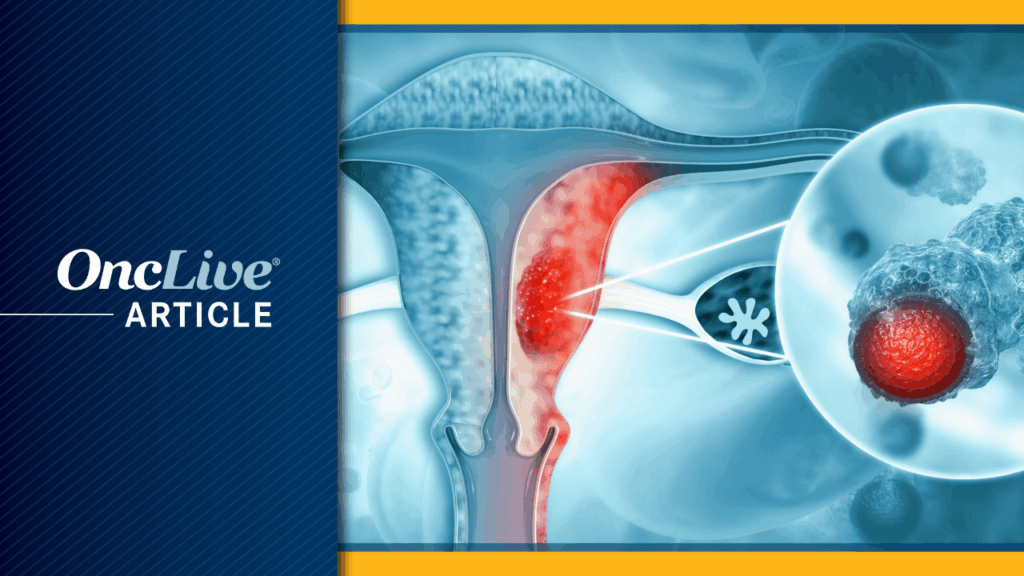
Findings from the phase 3 AtTEnd trial have revealed a significant correlation between high whole-exome sequencing–aneuploidy scores (W-AS) and poorer outcomes for patients with mismatch repair–deficient (dMMR) advanced or recurrent endometrial cancer undergoing treatment with the immunotherapy agent atezolizumab (Tecentriq) in conjunction with chemotherapy. This analysis was shared during the 2025 ESMO Congress, highlighting the potential role of W-AS in predicting patient responses to immunotherapy.
The trial involved a total of 110 patients with dMMR tumors. The data indicated that 90.9% of these patients exhibited low W-AS, while only 9.1% had high W-AS. When examining specific treatment arms, those receiving atezolizumab showed a distribution of 85.0% low W-AS and 15.0% high W-AS, compared to the placebo arm, which had rates of 94.3% low W-AS and 5.7% high W-AS.
In terms of progression-free survival (PFS) outcomes, patients with low W-AS who received atezolizumab in addition to chemotherapy achieved a median PFS that was not evaluable (NE) in the study, whereas those on placebo plus chemotherapy had a median PFS of 7.1 months. The hazard ratio (HR) for this comparison was 0.28, indicating a statistically significant difference (log-rank P < .0001). In contrast, patients with high W-AS had a median PFS of 4.2 months in the atezolizumab arm compared to 7.0 months in the placebo group, although this result did not reach statistical significance (log-rank P = .1006).
The overall survival (OS) findings further emphasized the challenges faced by patients with high W-AS. In the low W-AS subgroup, median OS was NE in the atezolizumab arm, while those on placebo had a median of 37.2 months. The HR for this outcome was 0.40 (log-rank P = .0043). Conversely, in the high W-AS subgroup, the atezolizumab arm achieved a median OS of 11.2 months, compared to 31.8 months for the placebo group, with no significant difference observed (log-rank P = .7238).
Dr. Luca Mazzarella, lead author of the study from DIMA, IEO IRCCS in Milan, Italy, stated, “The W-AS may actually identify approximately 10% of patients with dMMR endometrial cancer who do not benefit from the addition of immunotherapy to chemotherapy.” He cautioned that these findings are preliminary, emphasizing the need for validation in larger cohorts.
The AtTEnd trial was a multicenter, double-blind, randomized, placebo-controlled study that enrolled patients aged 18 years and older with advanced or recurrent endometrial carcinoma or carcinosarcoma, regardless of their MMR status. Participants were randomly assigned in a 2:1 ratio to receive either atezolizumab plus a chemotherapy regimen of carboplatin and paclitaxel or a placebo with the same chemotherapy.
Previously reported data from the trial indicated that, with a median follow-up of 28.3 months, patients in the atezolizumab arm (n = 362) had a median PFS that was not reached, compared to 6.9 months for those receiving placebo (n = 189; HR, 0.36; P = .0005).
In total, 234 samples were collected for whole-exome sequencing, including 110 from dMMR tumors, which represented 88% of the targeted samples. The ongoing research also involved 121 samples from non-dMMR tumors, although detailed biomarker data for this group has not yet been disclosed. The study aimed to explore gene mutations associated with endometrial cancer across both populations, revealing common mutations such as PTEN (63%), TP53 (35%), and MSH6 (11%).
In the dMMR subgroup, the most common gene variants included PTEN (44%), PIK3CA (41%), and TP53 (24%). Notably, 20.9% of these tumors harbored mutations in CTNNB1 and/or APC, which were associated with worse PFS outcomes. Additionally, mutations in MSH3 and/or MSH6 were present in 26.4% of dMMR samples.
The trial’s findings underline the complexity of treating dMMR endometrial cancer and the potential for W-AS to guide therapeutic decisions. As the research progresses, further validation will be essential to establish the clinical utility of these biomarkers in improving patient outcomes.






